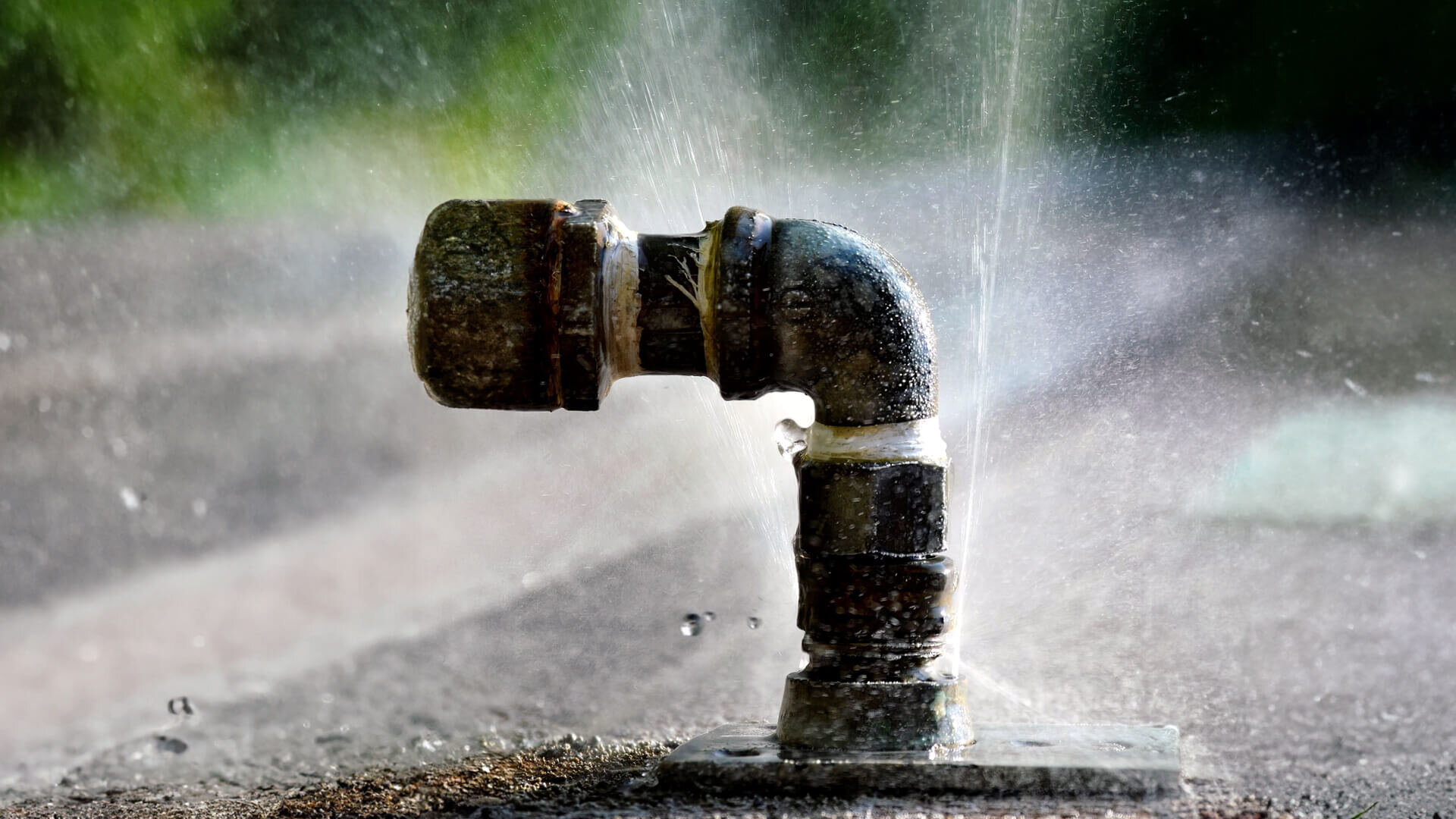Preventing a Burst Pipe: Tips for Protecting Your Plumbing During Winter
Stopping Burst Pipeline: Necessary Tips to Secure Your Pipes
Protecting against ruptured pipes is a critical issue for homeowners, especially throughout cooler months when the danger of freezing is heightened. Implementing strategic measures such as appropriate insulation, routine inspections, and keeping consistent indoor temperatures can significantly lower the possibility of pipe failure.
Understand Pipe Vulnerabilities
Comprehending pipe vulnerabilities is crucial for efficient pipes maintenance and avoiding pricey damages. Several variables add to the susceptibility of pipes to bursts, consisting of product make-up, age, and environmental problems. Older pipes, specifically those made from galvanized steel or polybutylene, often weaken in time, bring about raised risk of tears and leakages.
Temperature level changes can additionally substantially impact pipeline honesty. In cooler climates, water trapped in pipes can ice up, exerting and increasing pressure on the pipeline walls, which may eventually result in a burst. High water stress can strain pipes, particularly at bends and joints, increasing the likelihood of failure.

Insulate Water Lines Properly
Proper insulation of pipelines is important for protecting against freezing and succeeding bursts during winter (burst pipe). Insulating your plumbing system properly safeguards versus temperature drops that can lead to expensive damage. Begin by identifying vulnerable areas where pipelines are revealed to outdoor temperatures, such as basements, attic rooms, and outside walls
Usage foam pipe insulation sleeves or cover insulation tape around these areas to offer a safety obstacle. Make certain that all areas of the pipelines, especially those with minimal warmth direct exposure, get ample insulation. Pay unique interest to installations and joints, as these are more prone to cold.
When insulating, it's important to pick products that meet neighborhood building regulations and are appropriate for the particular environment. As an example, fiberglass insulation is typically recommended for its thermal resistance buildings - burst pipe. Additionally, take into consideration making use of warmth cables or tape in extreme conditions, which can be connected in to supply supplementary warmth
On a regular basis examine shielded pipelines for any kind of signs of wear or damages, as jeopardized insulation can lessen its effectiveness. By taking these proactive measures, you considerably lower the threat of pipeline ruptureds, ensuring a trusted plumbing system throughout the winter season months.
Maintain Regular Temperature
A secure interior temperature level is vital for preventing burst pipelines during the cold months. When temperature levels decline, water within pipes can ice up, producing and increasing pressure that may eventually trigger the pipes to burst.Utilizing a programmable thermostat can aid take care of indoor temperatures successfully, guaranteeing that rooms with pipes stay cozy also when the residence is unoccupied.
This minor flow of water can avoid freezing by reducing pressure within the pipelines. By implementing these techniques, house owners can considerably reduce the risk of pipeline bursts and secure their pipes systems against the harsh winter aspects.
Routinely Check Plumbing
Regular assessments of plumbing systems are vital for avoiding ruptured pipes and preserving total home integrity. Regular checks allow home owners to identify potential concerns before they rise into pricey repair services or major water damages. Throughout these inspections, it is vital to check out visible pipes for indicators you could look here of corrosion, leakages, or wear. Pay special focus to areas vulnerable to freezing, such as basements, attic rooms, and outside wall surfaces.
Furthermore, inspecting connections and joints is vital, as these factors are frequently vulnerable to leaks. Homeowners should also assess water stress levels, as too much pressure can stress the plumbing system and increase the threat of pipeline ruptureds.
Consider scheduling professional plumbing inspections at the very least as soon as a year, particularly prior to wintertime, to ensure your system is prepared for chillier temperature levels. By being proactive in your strategy, you can guard your home against the disruptive and pricey effects of burst pipelines.
Know Emergency Situation Procedures
Comprehending emergency procedures is important for each home owner, specifically after conducting routine plumbing evaluations. Being planned for a pipes emergency can substantially mitigate damage and save expenses. Find your main water shut-off shutoff; it is typically found near the water meter or where the learn this here now main line enters your home. Familiarize yourself with its operation, as turning off the water system rapidly can protect against comprehensive flooding.
Following, maintain essential tools handy. A plumbing emergency package must consist of a wrench, plunger, and towels, along with a flashlight and a container for little leaks. Furthermore, consider having the contact information for a trusted plumber readily available, ought to the circumstance escalate past your control.
If you detect a leak or burst pipe, instantly switch off the water supply and inform your plumber. In addition, document the damage with photographs for insurance policy functions. burst pipe. Recognize the signs of possible plumbing concerns, such as unusual water stress fluctuations or damp areas on wall surfaces
Eventually, proactive knowledge and speedy action are vital in handling plumbing emergency situations, guaranteeing your home continues to be secured and minimizing potential damage.

Conclusion
To conclude, preventing burst pipelines requires a complex approach that consists of understanding pipe susceptabilities, correct insulation, keeping constant Continued interior temperature levels, normal assessments, and understanding of emergency situation procedures. By executing these necessary techniques, the danger of pipes failings can be substantially decreased, therefore ensuring the longevity and performance of the pipes system. Positive actions not just safeguard against prospective damage yet also add to general water conservation and the security of property.
In cooler environments, water caught in pipelines can ice up, exerting and broadening stress on the pipeline wall surfaces, which may eventually lead to a ruptured. When temperatures decline, water within pipelines can ice up, creating and increasing pressure that might ultimately cause the pipes to burst. By applying these approaches, homeowners can significantly minimize the danger of pipe bursts and guard their plumbing systems versus the harsh wintertime aspects.
